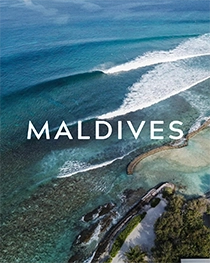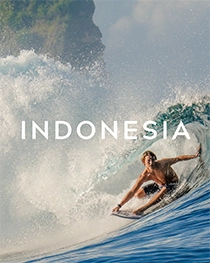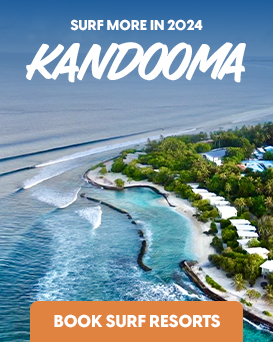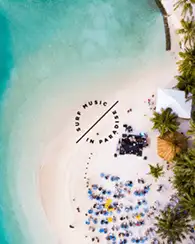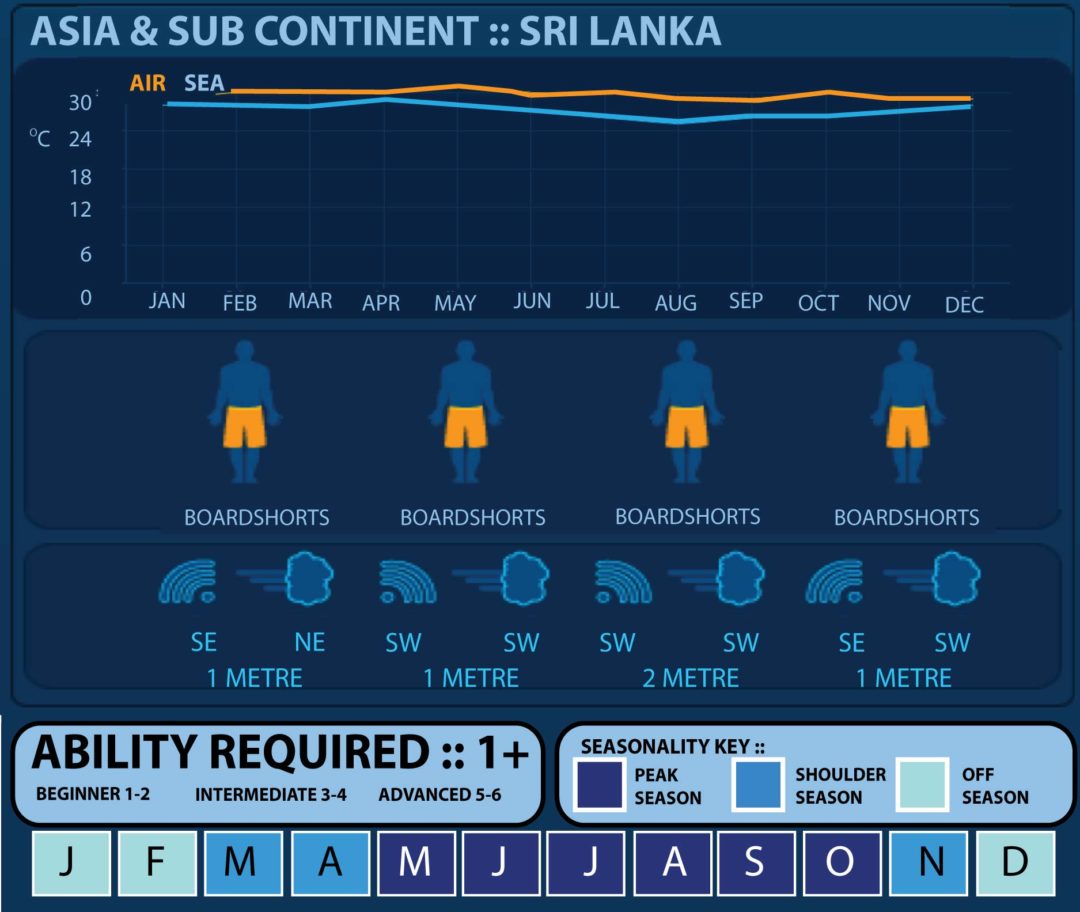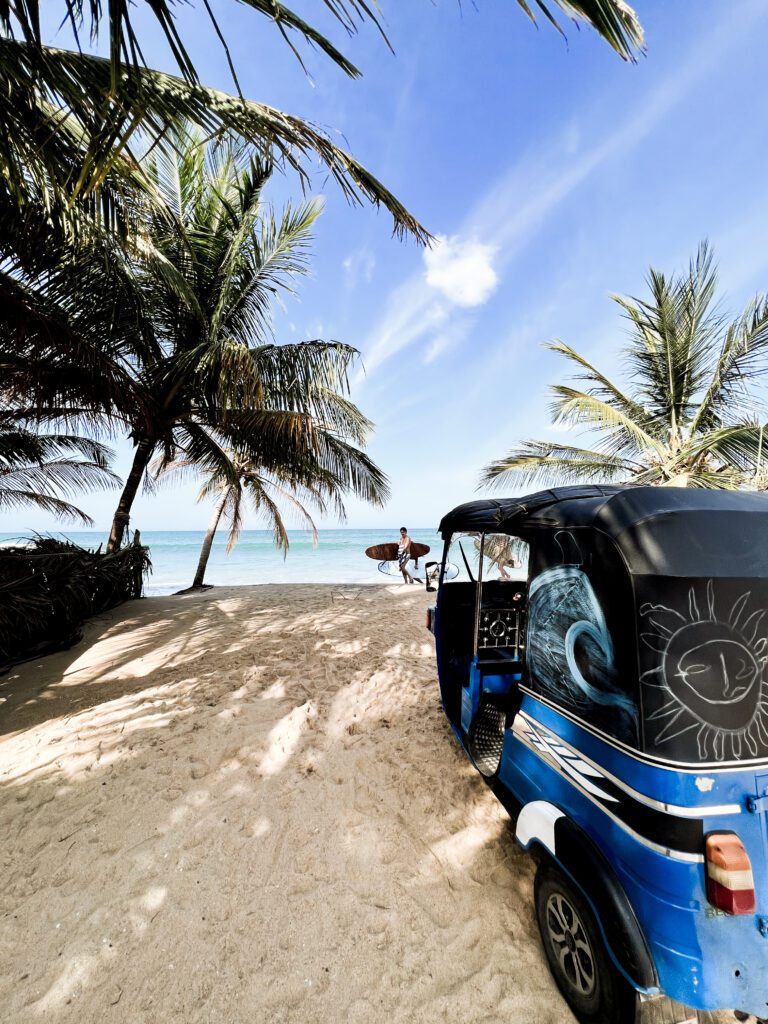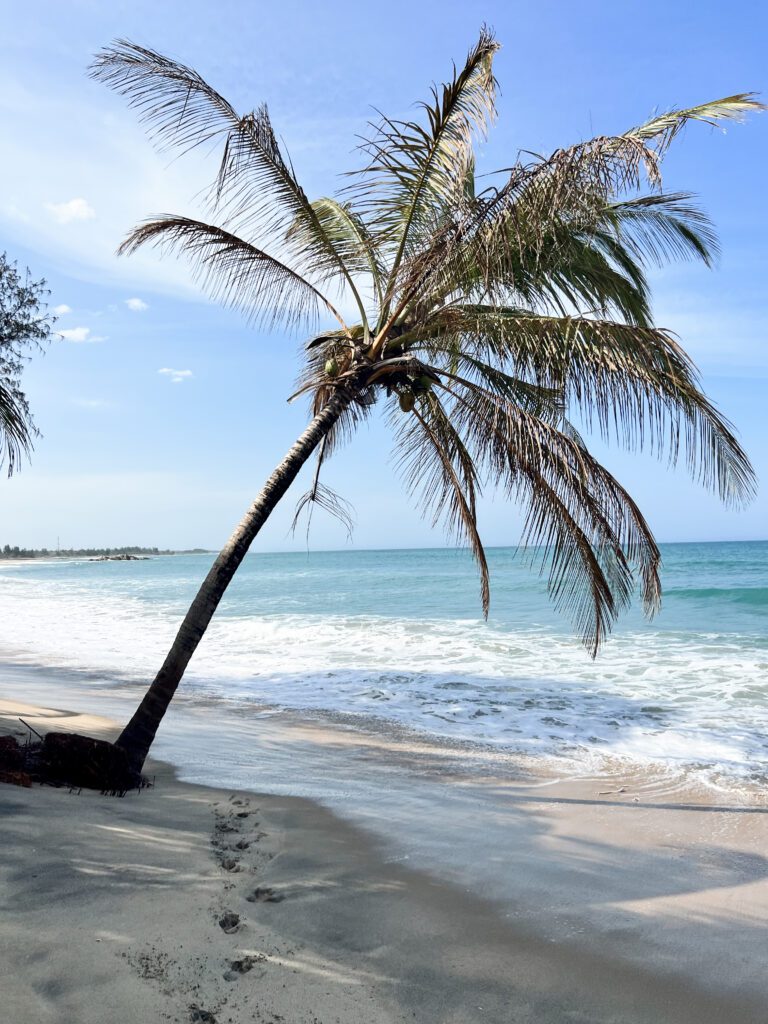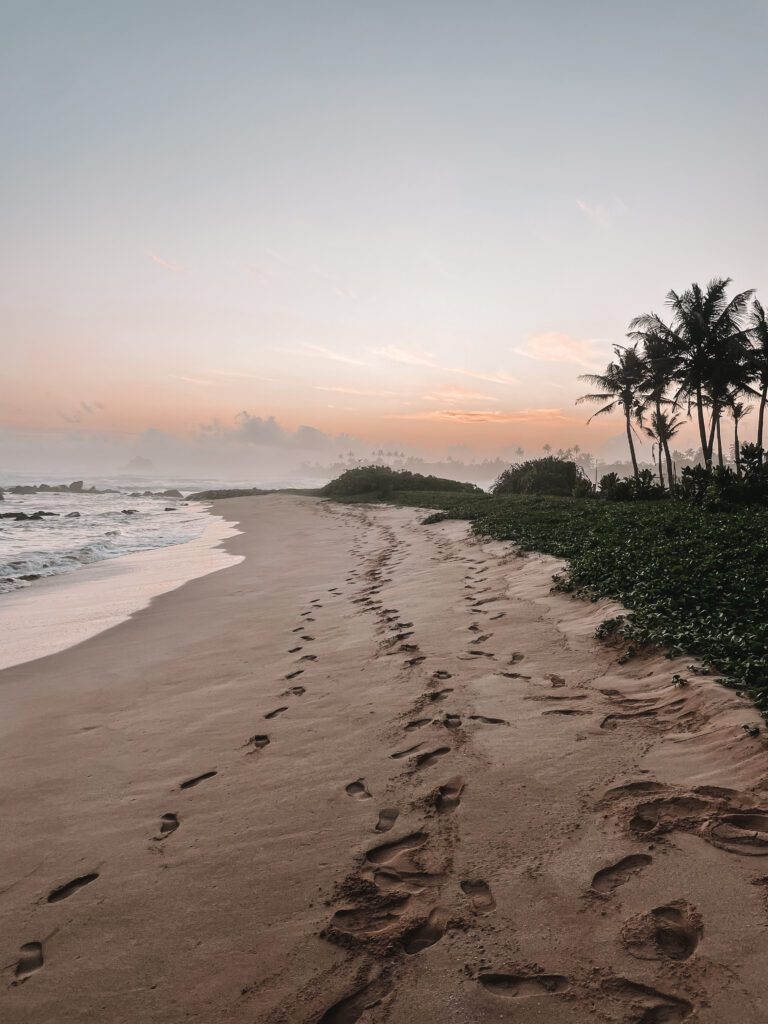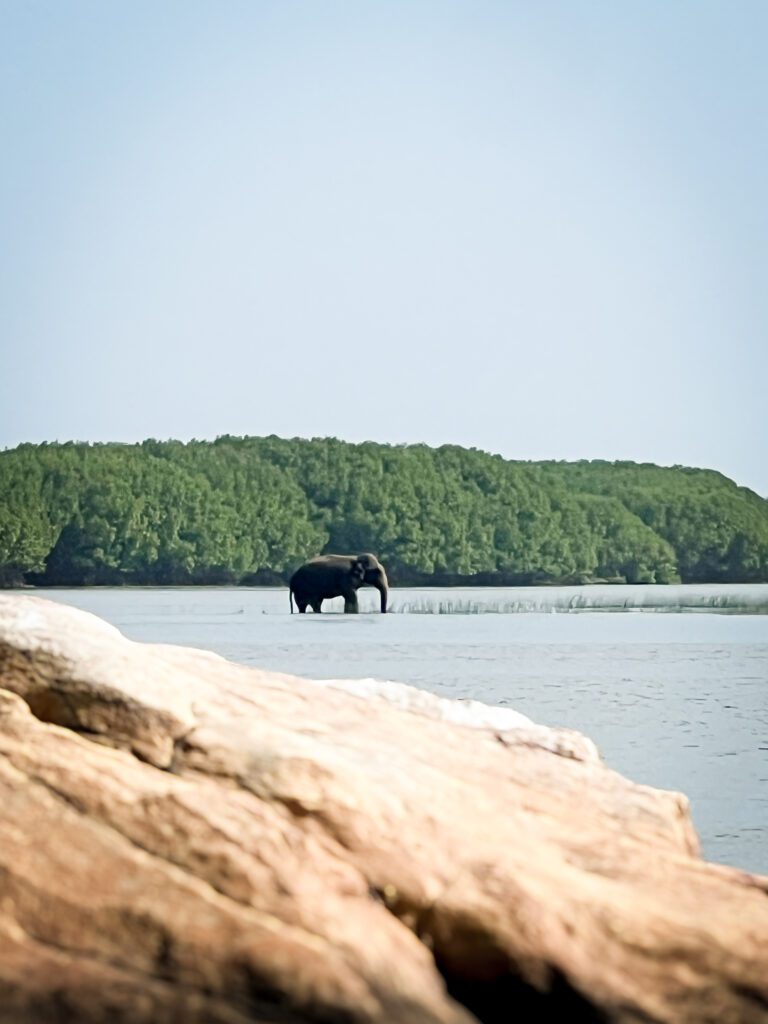Sri Lanka Surf Travel Guide
GalleryBathed in warm Indian Ocean current, and with nearly 1600 kilometres of palm-fringed coastline, Sri Lanka is an incredible surf destination. Positioned just south of India in the Indian Ocean you’ll find a land of magnificent landscapes featuring lagoons, fertile wetlands, mysterious forests, mountains, rivers and cascading waterfalls. Sri Lanka has an array of wildlife found in no other ecosystem, inspiring historical and religious sites, and a culture rich in tradition. With the west and east coast catching different swells, Sri Lanka is also a year-round surf trip destination.
Quick Facts
Two opposite coastlines providing waves year-round
Great for beginner and intermediate surfers
Friendly locals and rich culture add to experience
Incredible wildlife both terrestrial and marine
Where to surf
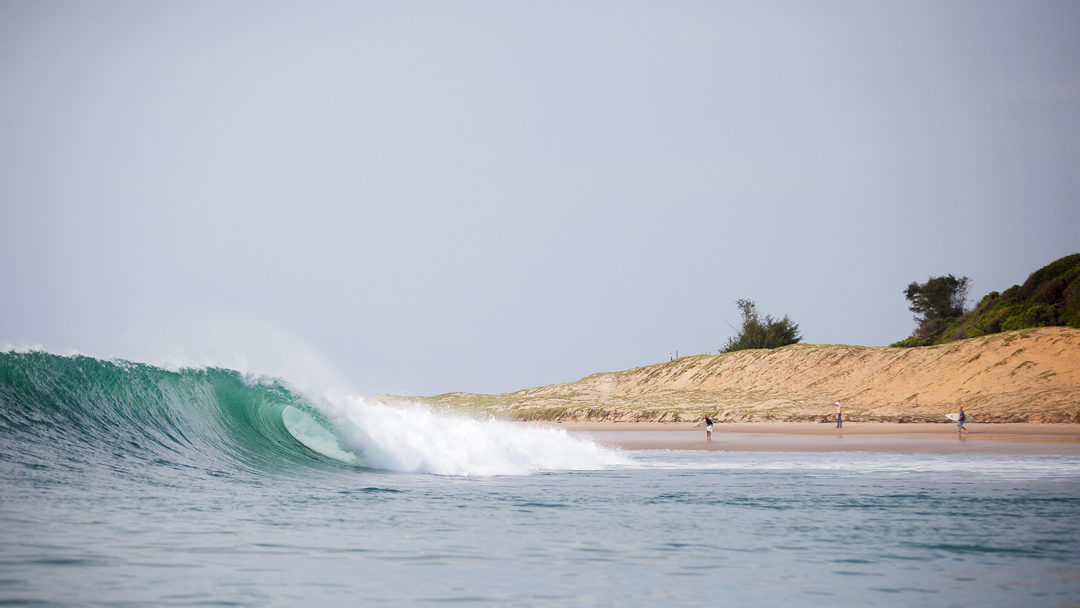

Arugam Bay
East Coast
Sri Lanka’s jewel, a long right sandbottom point that provides barrels and big turn sections. It is at its best at 3-4ft, but can be surfed up to 6-8ft if conditions are right, but beyond 4-6ft it tends to section. It can get quite crowded, and only occasionally serves up a hollow section here and there – mostly on the semi wedgy take off peak. The best thing about A-Bay is its consistency. It is renowned for having some sort of rideable wave on most days in the season.
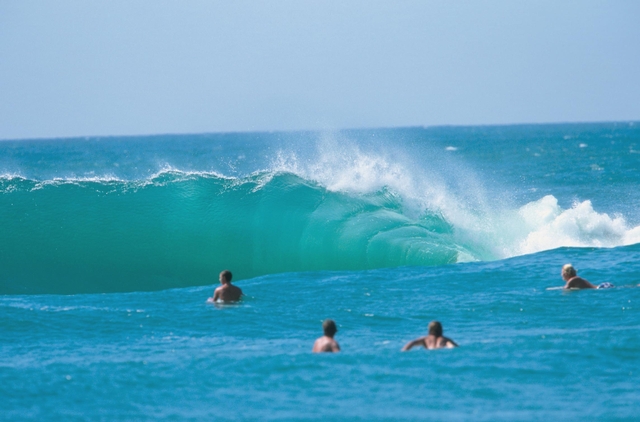

Okanda
East Coast
A little over an hour south of A-Bay by road is another fun, walled up performance wave with quite a hollow little inside section. There is also a brief opportunity to get covered on the take off- if you can be bothered paddling over onto the trailing edge of the whale- shaped rock shelf. Okanda picks up just as much swell as A-Bay even though it is more sheltered from the predominant south/southeast trade winds that tend to kick in like clockwork around mid morning every day.
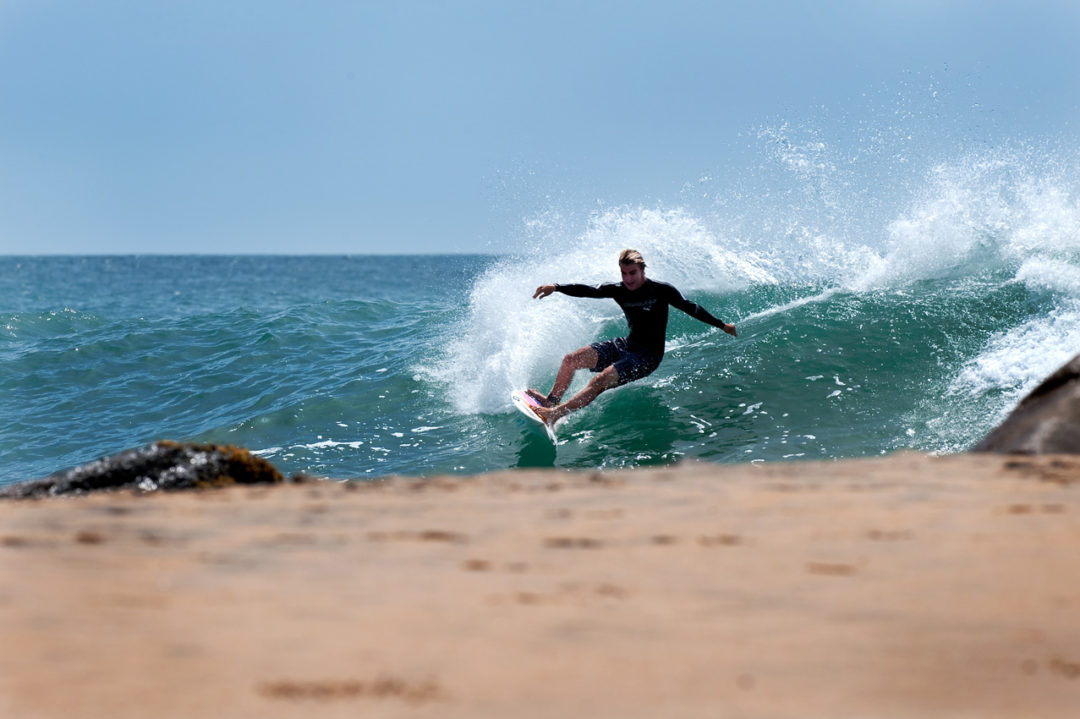

Pottuvil Point
East Coast
Hollow, though it is fickle. It is more sheltered, so only breaks when A-Bay is almost maxing out. The sucky take off section is barely a few metres in front of a series of dangerous phallic shaped boulders, followed by one or more distinct bowl sections before the main Spectators rock. Beyond “Spectators” it reels down the point for another 50 to 100 metres of playful manoeuvring into the beach. Then you can jog back around the Point and do it all again.
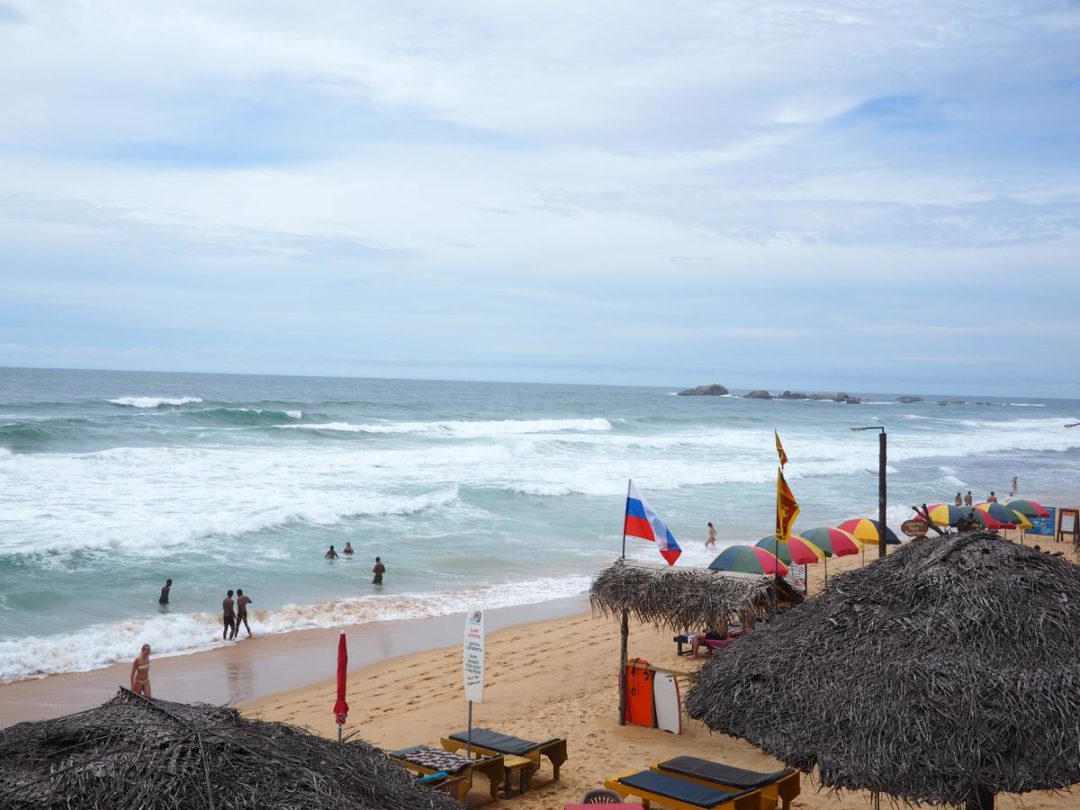

Main Reef Hikkaduwa
South-West Coast
Exposed reef break that has consistent surf, although summer tends to be mostly flat. Offshore winds blow from the east northeast. Groundswells more frequent than windswells and the best swell direction is from the southwest. A choice of left and right reefs. Likely to be crowded if working. Watch out for coral, rocks, crowds.
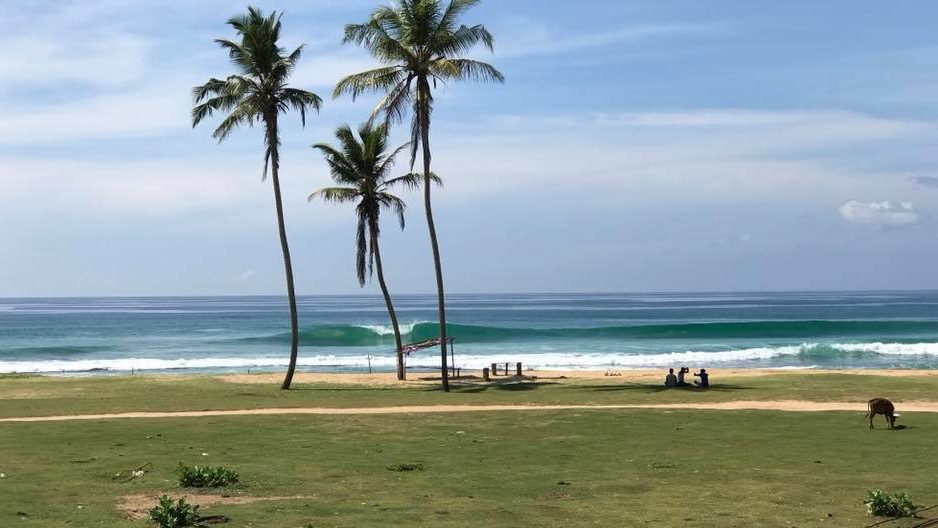

Coconut Point
South-West Coast
A classic A-Frame formation better suited for experienced surfers.
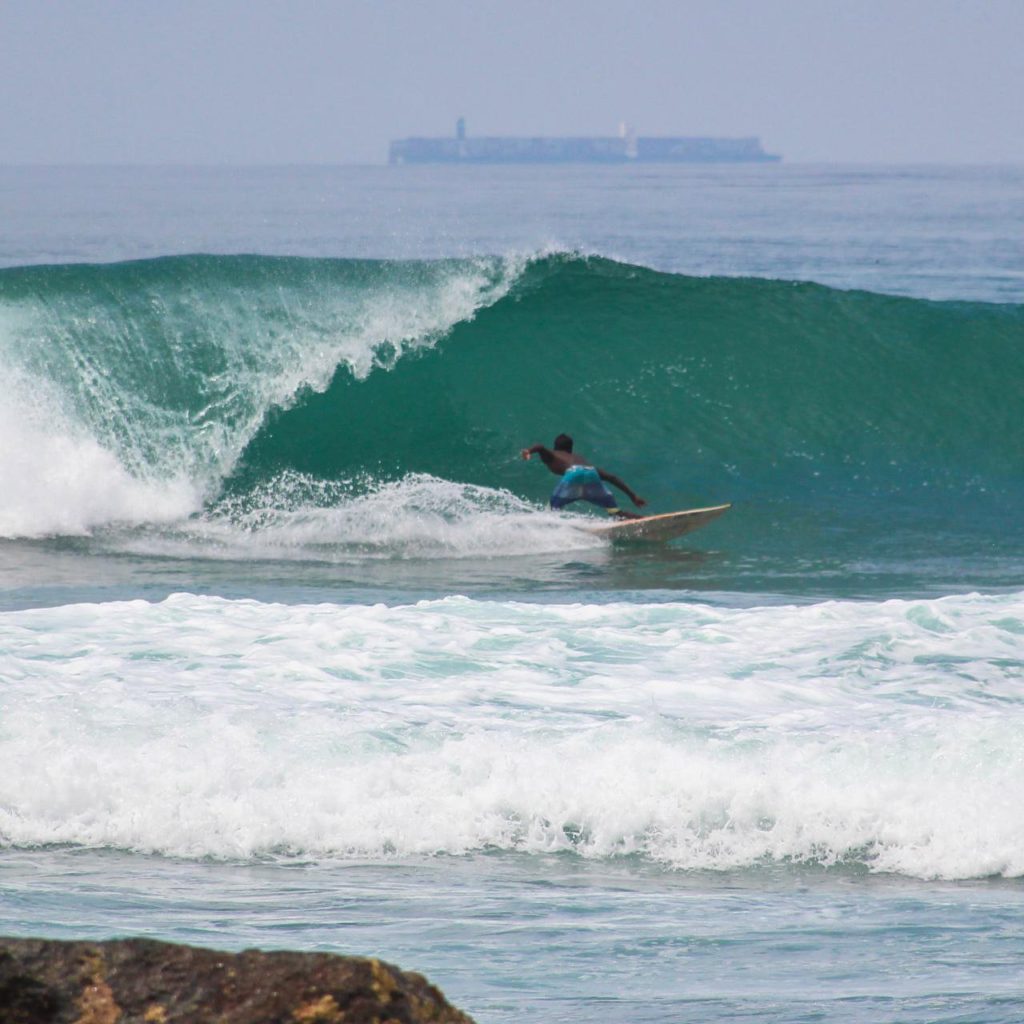

Midigama Left
South-West Coast
An exposed point break that has fairly consistent surf. Summer offers the optimum conditions for surfing: winds are from the north and swell direction is from the south southwest. Surfable at all stages of the tide.
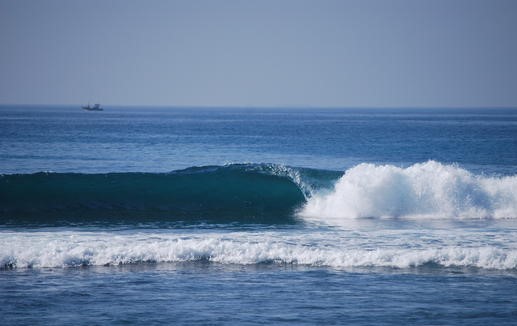

Midigama Right
South-West Coast
Right reef-rocky experienced surfers.
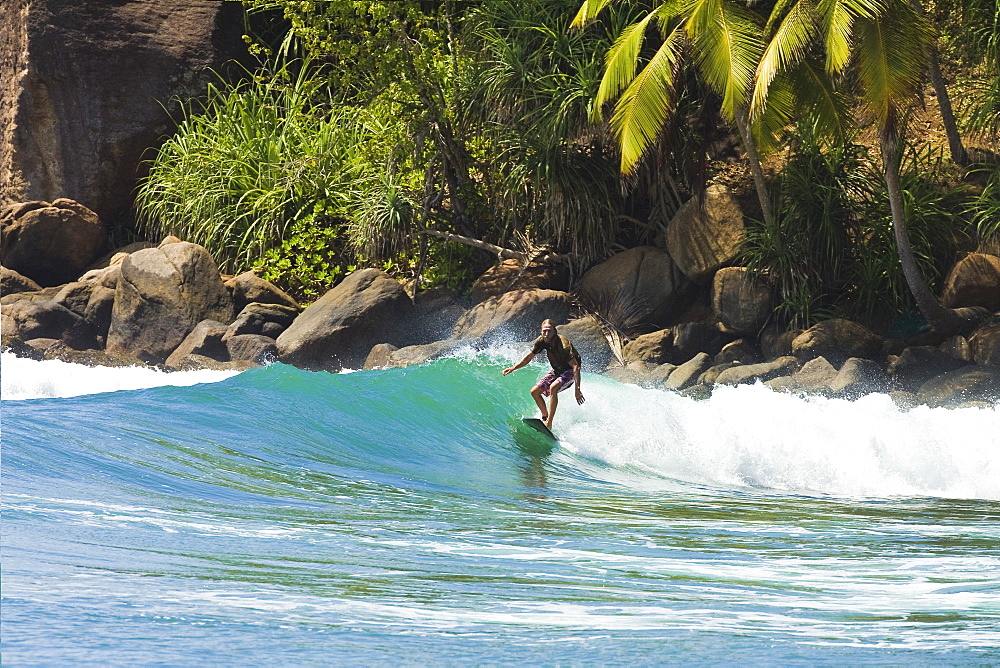

Mirissa
South-West Coast
An exposed reef break that has quite consistent surf, although summer tends to be mostly flat. Ideal winds are from the north. Groundswells more frequent than windswells and the ideal swell angle is from the southwest. Likely to be crowded if working
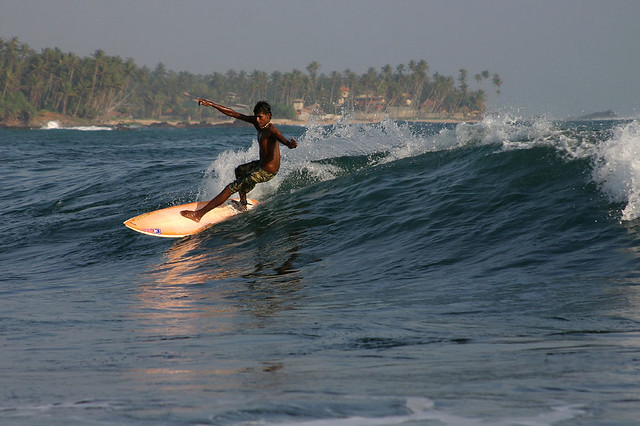

Unawatuna
South-West Coast
Unawatuna Bay or Wella Devalaya is 5kms from Galle towards Midigama. It is a powerful righthand reef break for experienced surfers. User friendly beach breaks are found closer in the bay.
When is the best time to surf in Sri Lanka?
Sri Lanka can be divided into two seasons, November to April and May to October. During the months of November to April, the best area of the country to be surfing is the south-west coastline with Hikkaduwa being the main surf area at this time of year. During the months of May to October the best part of the country is the east coast, with Arugam Bay being the main surf area at this time of year. While the monsoon is lashing the west coast, the endless beaches on the opposite side of the island stretch out under the blazing sun. Simply choose your coast and your season and you won’t be disappointed.
Attractions
For those who can't tear themselves away from the sea, try whale and dolphin watching tours or laying beachside on any of the untouched beaches around the island. Inland, check out Yala National Park, home of the densest population of spotted leopards in the world. You can also spot elephants, tropical birds, lizards, and a variety of lovely flora and fauna. There are also plenty of trekking trails, including Adam's Peak at 2,243m above sea level. For a cultural treat tour the Ceylon tea plantations in the central highlands, or visit some of the nation's oldest cities, such as Colombo, Kataragama, Kandy, and Galle.
The Country
Sri Lanka, meaning “Resplendent Island” in Sanskrit, is nestled off the Southeast corner of India, just 5° North of the equator in the temperate Indian Ocean. As early as the days of the Silk Road, the island has been at the centre of the shipping and trading routes across the region, lending to a wonderful multicultural community encompassing several religions, ethnicities and languages. Today, Sinhala and Tamil are Sri Lanka’s two official languages, though English is widely spoken, especially in tourist areas. The nearly 1,600km of coastline boasts palm-fringed beaches, which have remained surprisingly undeveloped despite the rise in tourism to the island. The interior of the island offers a variety of landscapes ranging from wildlife-rich jungles, home to elephants, leopards and countless bird species, 51 natural waterfalls, Ceylon tea plantations and mountain peaks reaching over 7,000ft (2,100m). Despite its small size it has the highest biodiversity density in all of Asia. Average yearly temperatures range from 82°F (28°C) to 88°F (31°C).
Getting There
Sri Lanka’s main airport is the Colombo-Bandaranayake International Airport (CMB). There are many non-stop options from Europe, Australia and Asia.
Travel Information
Time Zone
UTC+05:30
Currency
LKR
Calling code
+94
Electric
230 V





